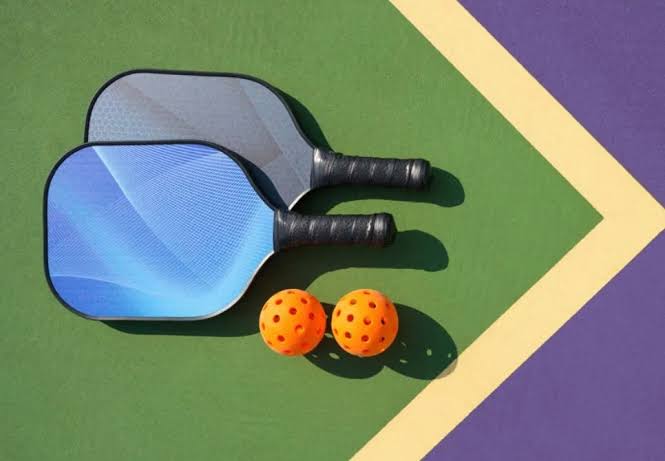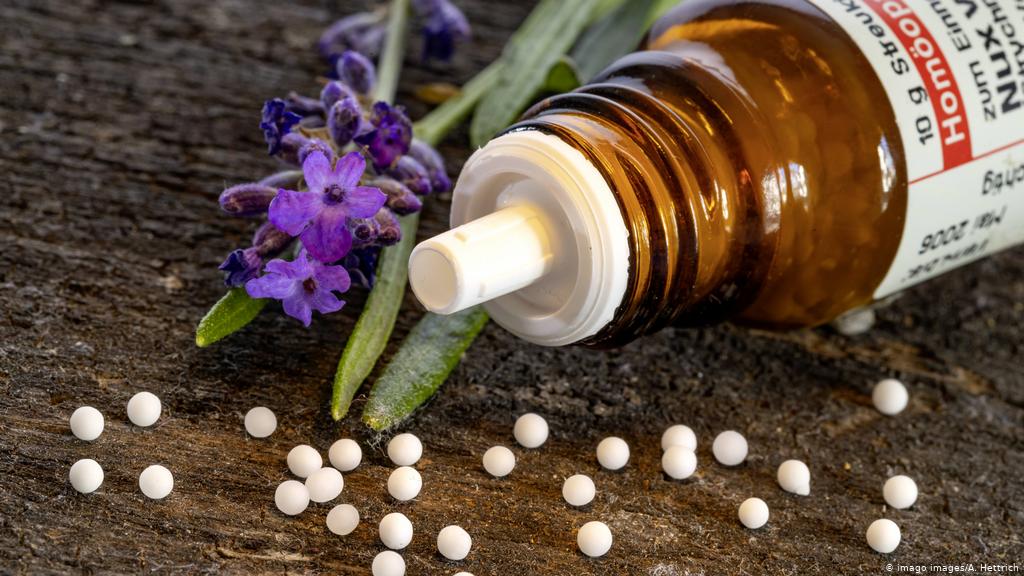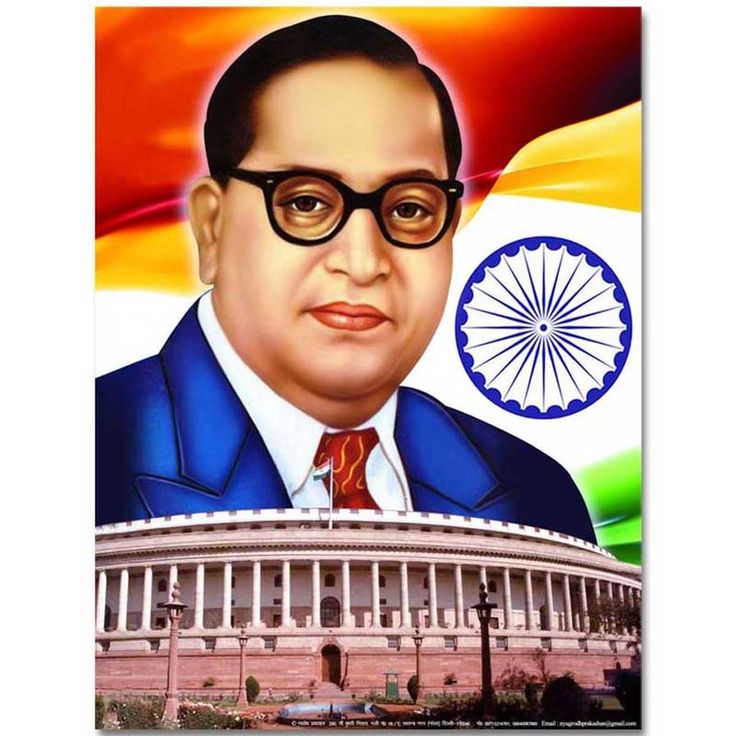Pickleball is rapidly gaining popularity nationwide, necessitating specialized court surfaces for optimal play and safety. As facilities increasingly adopt this dynamic sport, selecting the right surfacing material becomes vital for enhancing both the quality and longevity of pickleball courts. This post explores the various materials used for pickleball court surfaces, evaluating their advantages, disadvantages, and suitability for different environments. These surfaces must strike the perfect balance between grip and cushioning to support players’ movements while minimizing injury risk. Common materials include acrylic coatings, which provide a blend of durability and traction, and rubberized surfaces, known for their shock-absorbing qualities.
Acrylic Surfacing Systems
Acrylic surfaces are a top choice for outdoor pickleball courts, especially in regions with variable climates.
- Durability: Acrylic surfacing is known for its durability and ability to withstand extreme weather conditions, from the harsh sun to freezing temperatures.
- Low Maintenance: These surfaces require minimal upkeep beyond regular cleaning and occasional reapplication of the acrylic coating to maintain their color and texture.
- Player Comfort: Acrylic offers moderate shock absorption, which can reduce player fatigue and lower the risk of injuries.
Polyurethane Systems
Polyurethane is another popular material, often used for both indoor and outdoor courts due to its resilience and versatility.
- Enhanced Durability: Polyurethane is extremely durable and resistant to wear and tear, making it an excellent option for high-traffic areas.
- Water Resistance: This material is water-impermeable, making it perfect for snowy and rainy seasons by preventing water from seeping through and damaging the court base.
- Customization: Polyurethane can be customized in terms of cushioning, which is crucial for player safety and comfort, allowing facilities to tailor the playing surface to their specific needs.
Modular Tile Systems
Modular tile systems provide a swift and effective alternative to traditional surfacing materials and are gaining popularity for pickleball court installations.
- Quick Installation: These tiles can be easily installed over existing surfaces, making them ideal for retrofitting old courts or setting up temporary court areas.
- Excellent Drainage: Modular tiles are designed with a grid structure that allows water to drain away quickly, preventing puddles and keeping the court dry and playable.
- Versatility: Available in various colors and designs, modular tiles can be used to create visually appealing court surfaces that can be easily replaced or modified as needed.
Asphalt and Concrete
Asphalt and concrete are traditional choices for the base layer of pickleball courts, with each offering distinct advantages.
- Cost-Effectiveness: Asphalt is generally less expensive than other surfacing materials and is relatively quick to install.
- Longevity and Stability: Concrete provides a very stable base for pickleball courts and, when properly maintained, can last many years without significant cracking or damage.
- Surface Treatment Compatibility: Both asphalt and concrete can be coated with acrylic or polyurethane layers to enhance playability and durability.
Conclusion
Choosing the right surfacing material for a pickleball court in Utah involves a thoughtful assessment of several key factors, including the state’s unique climate, usage intensity, and budget constraints. Utah’s weather, characterized by hot summers and cold, snowy winters, demands a material that can endure temperature fluctuations while maintaining long-term durability. The frequency of use is crucial as well, as courts subject to regular activity require a surface that withstands wear and tear without compromising quality. Budget considerations also play a significant role in determining the selection of materials.
For those prioritizing durability and customization, polyurethane surfaces offer excellent shock absorption and a wide range of color options. Alternatively, modular tiles provide quick installation and easy maintenance, making them ideal for facilities aiming to minimize downtime. For a more traditional feel, acrylic-coated asphalt or concrete presents a familiar surface that balances performance and cost-effectiveness. Each material offers distinct advantages tailored to the specific needs of pickleball players and facilities, ensuring an optimal playing experience.
By selecting the appropriate material, pickleball enthusiasts can enjoy a high-quality, long-lasting playing surface that enhances enjoyment, boosts performance, and ensures player safety for years to come.
















